In today’s health-focused society, the search for nutritious snack options takes center stage. Protein muffins perfectly blend delightful taste with healthful ingredients, making them an ideal choice for those looking to satisfy their craving for something sweet while prioritizing nutrition. These muffins cater to various dietary needs, allowing anyone to enjoy delicious baked treats. In this article, we will delve deeper into the world of protein muffins, providing a comprehensive guide on making them from scratch. We will cover essential ingredients, preparation steps, delicious variations, and answers to frequently asked questions to equip you with everything you need for successful baking.
Essential Ingredients for Protein Muffins
To create the perfect batch of protein muffins, careful selection of ingredients is crucial. Each component contributes to the texture, flavor, and nutrition of the final product.
Key Ingredients
- Protein Powder:
This ingredient serves as the backbone of all protein muffins. The type of protein powder you select will impact the taste and texture significantly. Whey protein offers a smooth, creamy texture and is great for baking. Alternatively, plant-based proteins like pea, hemp, or brown rice protein are excellent choices for vegans or those with lactose intolerance. Each protein type alters texture and flavor, providing room for experimentation. Flour:
You can substitute traditional all-purpose flour with whole wheat flour for added fiber, or almond flour for a gluten-free option. Oat flour, made from ground oats, is another healthy alternative that adds a subtle sweetness. Flour type affects both the nutritional value and moisture level, so explore various options to find the best match for your taste.Sweeteners:
Sweeteners not only add flavor but also can affect the moisture level in your muffins. Natural sweeteners such as honey or maple syrup add depth. If you’re watching sugar intake, consider using stevia or erythritol—these sweeteners can effectively replace sugar without compromising taste.Healthy Fats:
Incorporate healthy fats to help retain moisture and improve texture. Coconut oil or olive oil work well, while Greek yogurt can add creaminess and protein. You can also incorporate applesauce as a low-calorie alternative, providing moisture without excess fat.Add-ins:
The fun part of making protein muffins is choosing your add-ins. Fresh or dried fruits like blueberries or cranberries, nuts, seeds, or even dark chocolate chips take your muffins to the next level, providing added nutrients and flavor bursts in every bite.
Here’s a summary of the essential ingredients you’ll need:
| Ingredient | Amount | Notes |
|---|---|---|
| Protein Powder | 1 cup | Choose based on dietary needs. |
| Oats | 1 cup | Using gluten-free varieties as needed. |
| Baking Powder | 1 tsp | Helps muffins rise effectively. |
| Almond Milk | 1/2 cup | Opt for unsweetened to reduce sugar. |
| Sweetener | 1/2 cup | Adjust as per your taste preference. |
Table of Contents
Step-by-Step Instructions for Baking Protein Muffins
With your ingredients prepared, we can proceed with the process of baking delightful protein muffins. Following each step ensures success with moist and fluffy results.
Step 1: Preheat the Oven
The first step is to preheat your oven to 350°F (175°C). This simple yet vital process ensures your muffins bake evenly. If you don’t preheat, they may not rise properly!
Step 2: Combine Dry Ingredients
Use a large mixing bowl to whisk together the dry ingredients. Start with the protein powder, flour, oats, and baking powder. This step is crucial, as it helps evenly distribute the leavening agent—preventing dense spots in your muffins. Mixing dry elements beforehand also means you won’t need to scramble later when combining wet ingredients!
Step 3: Mix the Wet Ingredients
In another bowl, blend your wet ingredients: almond milk, your chosen sweetener, and any fats like melted coconut oil or yogurt. Whisk until everything mixes well, forming a smooth liquid. Remember, having a well-blended wet mixture is essential for a uniform batter.
Step 4: Merge the Mixes
Carefully pour the wet ingredients into the bowl containing the dry ingredients. Then, gently fold them together using a spatula. Be cautious here; overmixing can lead to tough muffins. Stir until just combined, and watch for any dry flour clumps—if you notice some, just incorporate them gently.
Step 5: Add Additional Ingredients
At this point, feel free to fold in your personal touch—whether it’s fruits, nuts, or chocolate chips. This is your chance to get creative and add excitement to your muffins. For example, if you choose blueberries, fold in gently so they don’t burst, than increase the muffin’s moisture levels during baking.
Step 6: Fill Muffin Tins
Prepare your muffin tin by lining it with paper liners or greasing the pan with cooking spray. Using an ice cream scoop or spoon, fill each muffin cup approximately two-thirds full. This leaves enough space for the muffins to rise without overflowing.
Step 7: Bake Your Muffins
Now, place the filled muffin tin in the preheated oven and allow the muffins to bake for 20-25 minutes. Depending on your oven, this timing may vary, so keep an eye on them! Test for doneness by inserting a toothpick in the center; if it comes out clean, your muffins are ready.
Step 8: Cool and Enjoy
Once baked, you should remove the muffins from the oven and allow them to cool in the tin for 10 minutes. After they cool slightly, transfer to a wire rack to cool completely. This cooling step helps them set properly, preventing sogginess in the bottom.
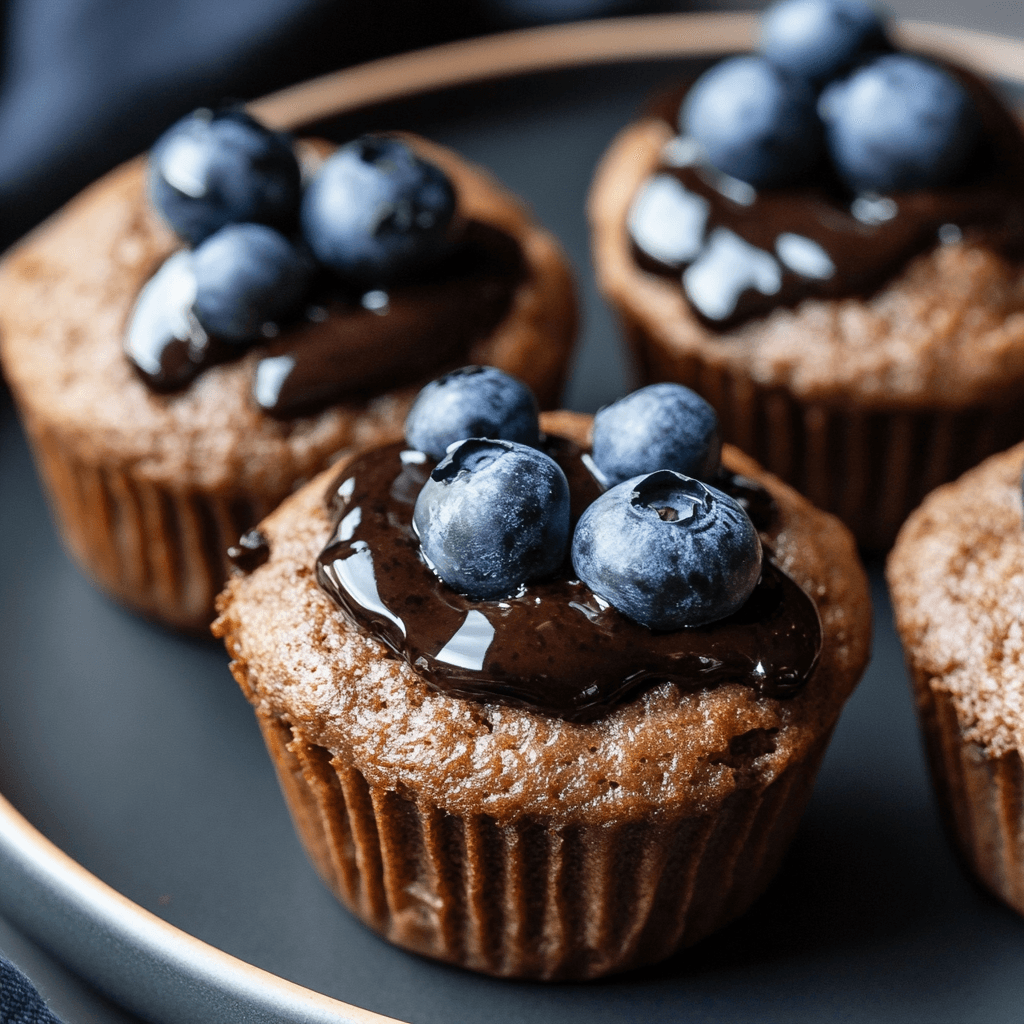
Exploring Variations of Protein Muffins
A significant advantage of protein muffins is their versatility. You can customize them finely based on personal preferences, dietary restrictions, or seasonal ingredients. Here are some ideas for flavor variations:
Flavor Variations
- Chocolate Banana Protein Muffins:
If you love chocolate, adding mashed bananas and cocoa powder will provide a decadent taste. The bananas impart natural sweetness and moisture, while cocoa delivers rich flavor. You may also sprinkle in chocolate chips for an indulgent touch. Blueberry Almond Protein Muffins:
For a lighter option, mixing in fresh or frozen blueberries gives you a refreshing muffin perfect for breakfast or snacks. Enhance the flavor with a splash of almond extract to create a delicious balance.Pumpkin Spice Protein Muffins:
Incorporate pumpkin puree, cinnamon, nutmeg, and cloves for a seasonal delight. These muffins are perfect for autumn and can be enjoyed with a cup of warm tea. To take it further, you might add walnuts for extra crunch and healthy fats.
Healthier Alternatives
Finding protein muffin recipes that cater to various dietary needs is easy. For gluten-sensitive individuals, try using gluten-free flour or a combination of almond flour and oat flour. For vegan options, substitute eggs with flaxseed meal mixed with water, which acts as a binding agent.
Moreover, those aiming for a lower-calorie treat can replace some of the sweetener with a ripe banana or unsweetened applesauce, allowing them to enjoy muffins with fewer calories while adding natural sweetness.
If you want more breakfast ideas, consider exploring varieties that combine taste and nutrition well. Check out these ideas for breakfast recipes.
Tips for Perfect Protein Muffins
- Measure Ingredients Accurately:
Always use kitchen scales or measuring cups to ensure precise measurements, especially when working with protein powder and flours. Variability can lead to dry or overly dense muffins. Experiment with Protein Types:
Different protein powders might yield different textures. Feel free to try several kinds until you find the one you love best.Storage:
Properly store muffins in an airtight container in the refrigerator for up to three days. Alternatively, freeze them for longer storage. They then make a quick and nutritious snack whenever you need one!
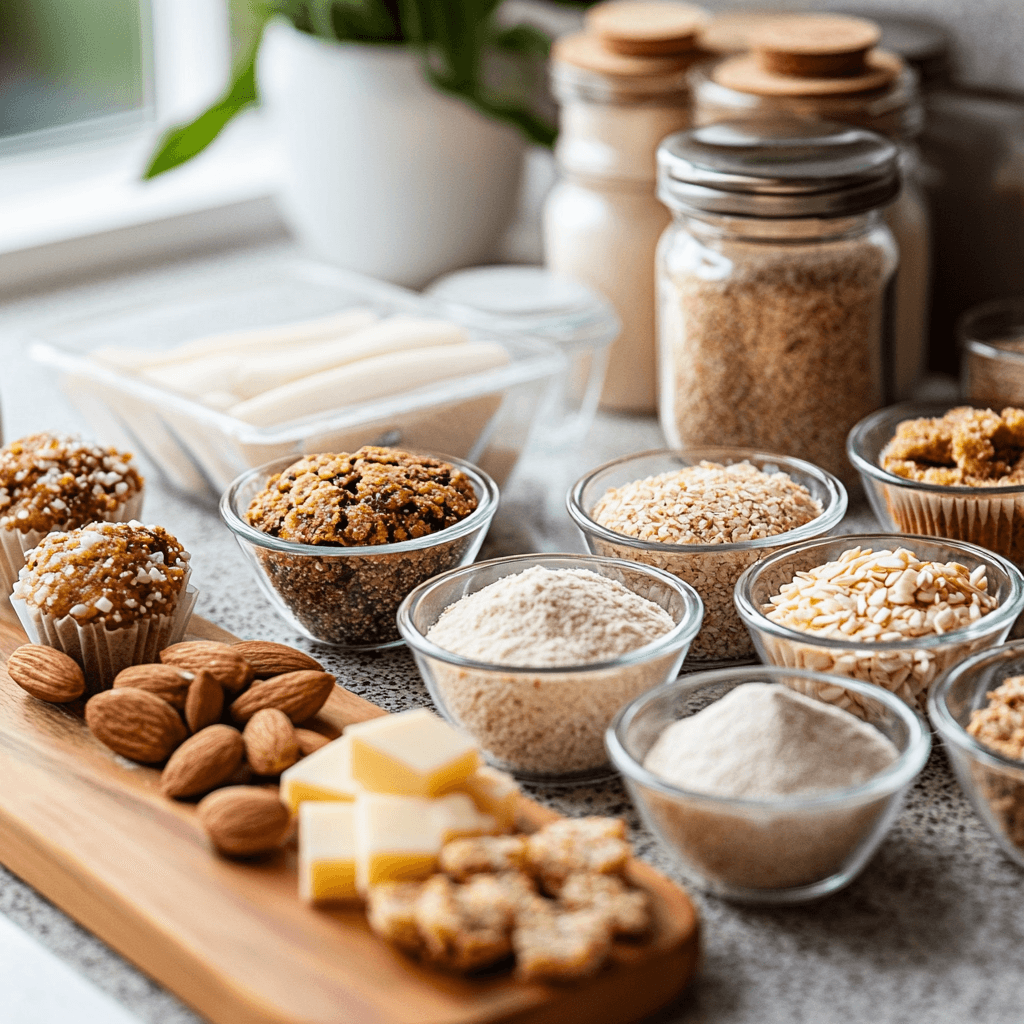
Common Mistakes to Avoid When Making Protein Muffins
Baking can be an enjoyable activity, but it’s essential to watch out for common pitfalls that can impact your protein muffins.
- Overmixing the Batter:
Overmixing leads to tough and dense muffins. Instead, mix until just combined. You should see some lumps, which is perfectly fine. Not Measuring Ingredients Precisely:
Inaccurate measurements can spoil the balance of wet and dry ingredients. It’s vital to be precise in your measurements to achieve the right texture.Using Too Much Protein Powder:
While you want to increase protein content, adding excessive protein powder can result in a dry and crumbly muffin. Stick to a maximum of half the weight of the flour in protein powder to maintain optimal moisture.Skipping the Cooling Time:
It might be tempting to dig in right away, but letting muffins cool properly helps set their crumb and prevents a soggy bottom. Allowing them to cool on a wire rack enhances air circulation around the muffins, aiding in their overall quality.
With these tips and a solid foundation of ingredients, techniques, and variations, you’re now ready to tackle the world of protein muffins confidently. In the second half of this article, we will delve into frequently asked questions and additional tips that will further enhance your baking experience. Stay tuned for more!
markdown
How to Make Protein Muffins Step-by-Step (continued)
Perfecting the Bake
Baking is as much a science as it is an art, especially when it comes to protein muffins. Here are some essential tips you should follow to ensure your baking success:
- Know Your Oven:
To ensure perfect baking, it is advisable to understand your oven’s personality. Ovens can vary widely, where some may have hot spots or uneven heating. Therefore, invest in an oven thermometer to ensure your muffins bake at the appropriate temperature. This small tool can save you from overbaking or underbaking your precious treats. Baking Time Adjustments:
In addition to monitoring your oven temperature, it’s vital to check your muffins closely as they bake. Start with the suggested baking time, but check for doneness a few minutes early. You can do this by inserting a toothpick or a cake tester into the center of a muffin. If it comes out clean or with just a few crumbs clinging to it, your muffins are done.Cooling Properly:
After your muffins come out of the oven, let them cool in the tin for about 10 minutes. This cooling step allows them to set properly, helping maintain their shape. After that, transfer the muffins to a wire rack to cool completely. Cooling on the rack is crucial, as it allows air to circulate and prevents the bottoms from becoming soggy.
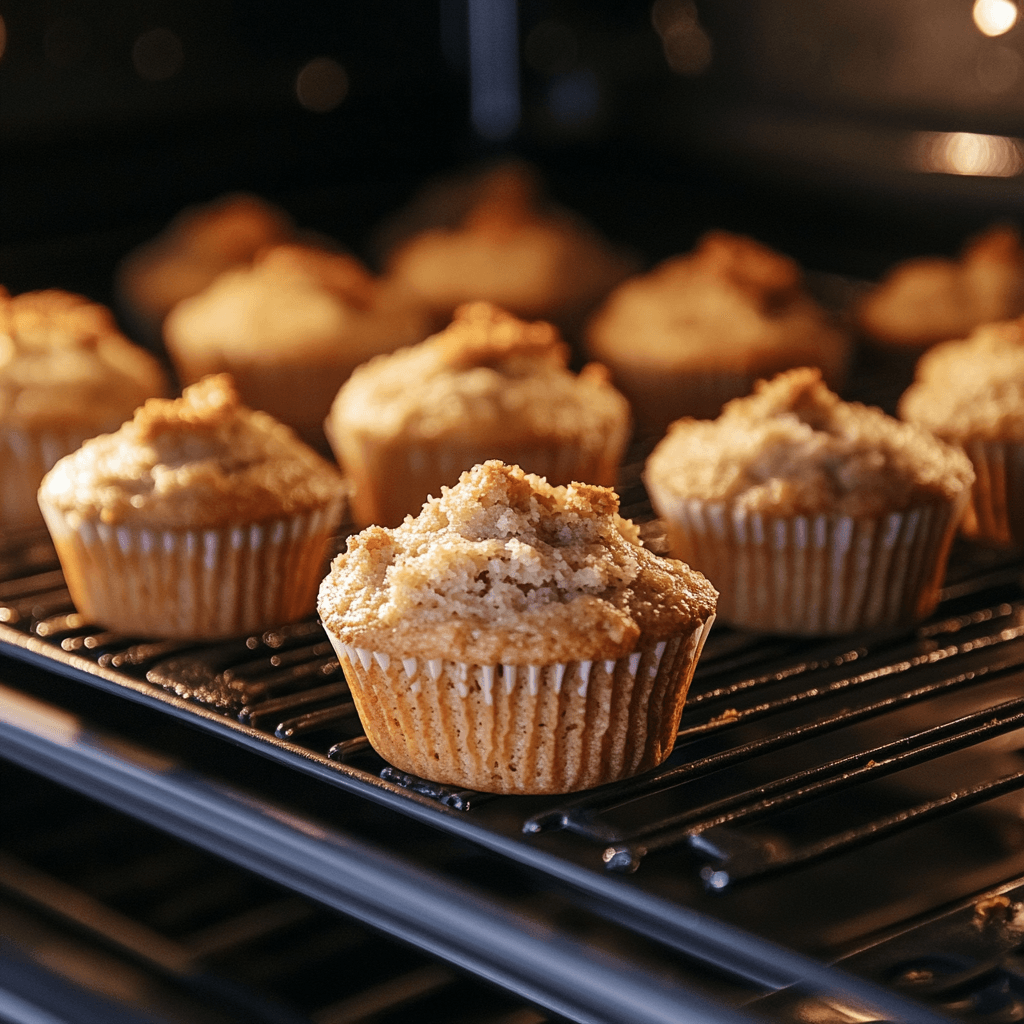
Storing Your Protein Muffins
Storing your protein muffins correctly can significantly influence their taste and texture when you decide to enjoy them later:
- Room Temperature Storage:
For short-term storage, simply place your muffins in an airtight container at room temperature. This method allows them to remain soft and fluffy for about three to four days. Freezing for Longevity:
If you bake a large batch, consider freezing the extras. To do this, wrap each muffin individually in plastic wrap and then store them in a freezer-safe resealable bag. This technique can preserve them for up to three months without losing quality. When you’re ready to enjoy, thaw them overnight in the refrigerator or pop them in the microwave for a few seconds.Reheating Tips:
For muffins that have been frozen, reheating may enhance their taste considerably. You can place them in a preheated oven at 300°F (150°C) for about 10–15 minutes, ensuring they are warmed evenly while regaining their desirable texture.
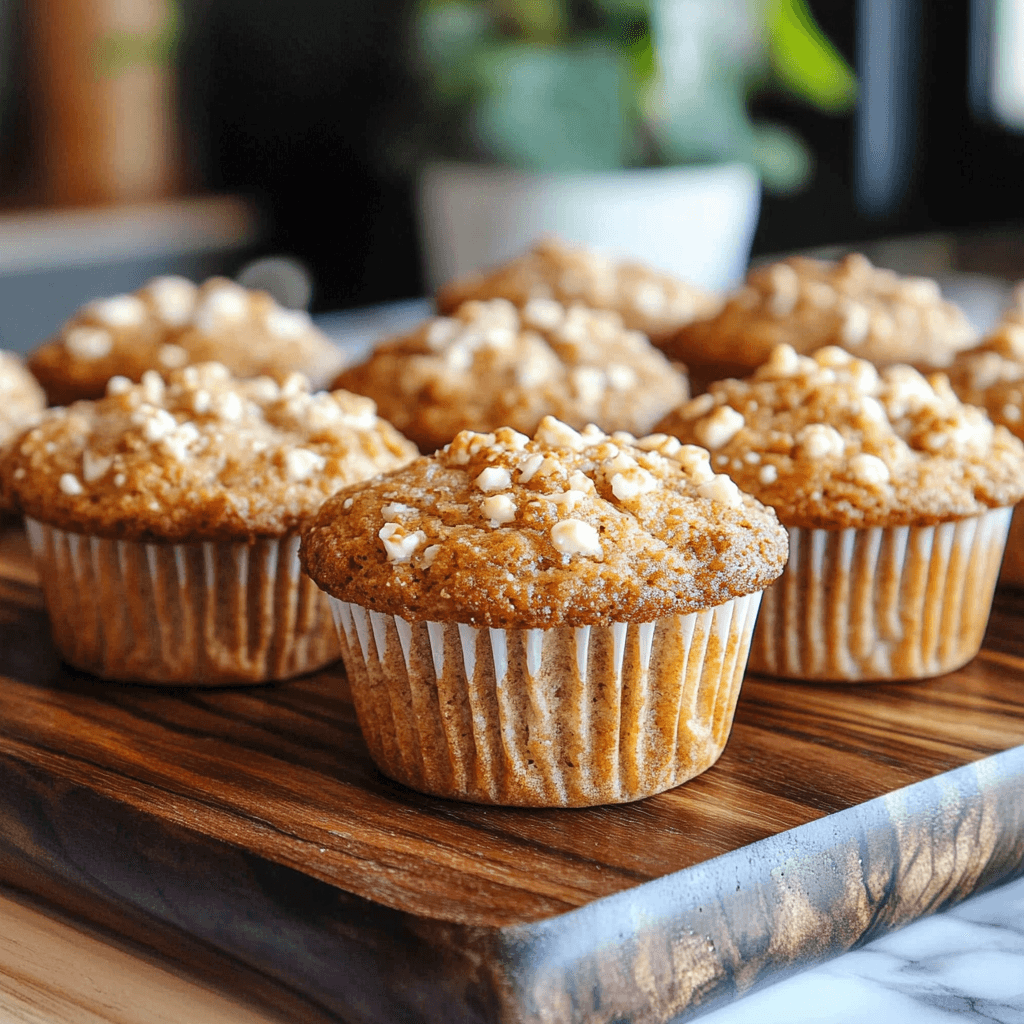
Pro Tips & Variations for Protein Muffins
As you become more comfortable with baking protein muffins, you may want to explore ways to enhance your recipe or try new flavor combinations. Here are some suggestions:
Ingredient Substitutions
- Flour Variations:
If you’re gluten-sensitive or simply want to try something different, you can experiment with various flours. While almond flour is an excellent option, remember that it may require additional liquid to maintain proper moisture levels in the batter. Coconut flour is also a choice, but it absorbs moisture much more than other flours, so reduce the quantity used. Sweetener Alternatives:
Beyond basic sugar or honey, consider using natural sweeteners like agave syrup or date paste. Dates provide a unique caramelly flavor and additional fiber. They can be pureed and added to your wet ingredients for a deliciously rich flavor.
Flavor Combinations
Savory Protein Muffins:
Beyond sweet flavors, savory muffins can be a great hit, especially for breakfasts or snacks at work. Mix in ingredients like cheese and cooked spinach, or sundried tomatoes and olives. These combinations are hearty and pack a nutritional punch.Seasonal Fruit Variations:
You can also tailor muffin flavors to seasonal fruit availability. In summer, adding fresh peaches or raspberries can introduce vibrant flavors, while in winter, apple and cinnamon muffins evoke the warmth of the season.Protein-Rich Additions:
To further boost nutrition, consider adding Greek yogurt or cottage cheese into your batter. These will enrich your muffins with additional protein and enhance their moisture content, resulting in a soft crumb.
For more healthy recipe ideas that balance taste and nutrition effectively, consider visiting options for healthy breakfast ideas.
Presentation Suggestions
- Arts of Garnishing:
Presentation is key, especially if sharing. Consider topping each muffin with a dollop of Greek yogurt and a sprinkle of chia seeds or a drizzle of nut butter. This not only adds visual appeal but also increases nutritional value. Pairing Suggestions:
Muffins pair wonderfully with various accompaniments. Consider serving them with fresh fruit on the side or pairing with smoothies for a balanced breakfast. A warm drink, like herbal tea or coffee, enhances the experience of enjoying your muffins.
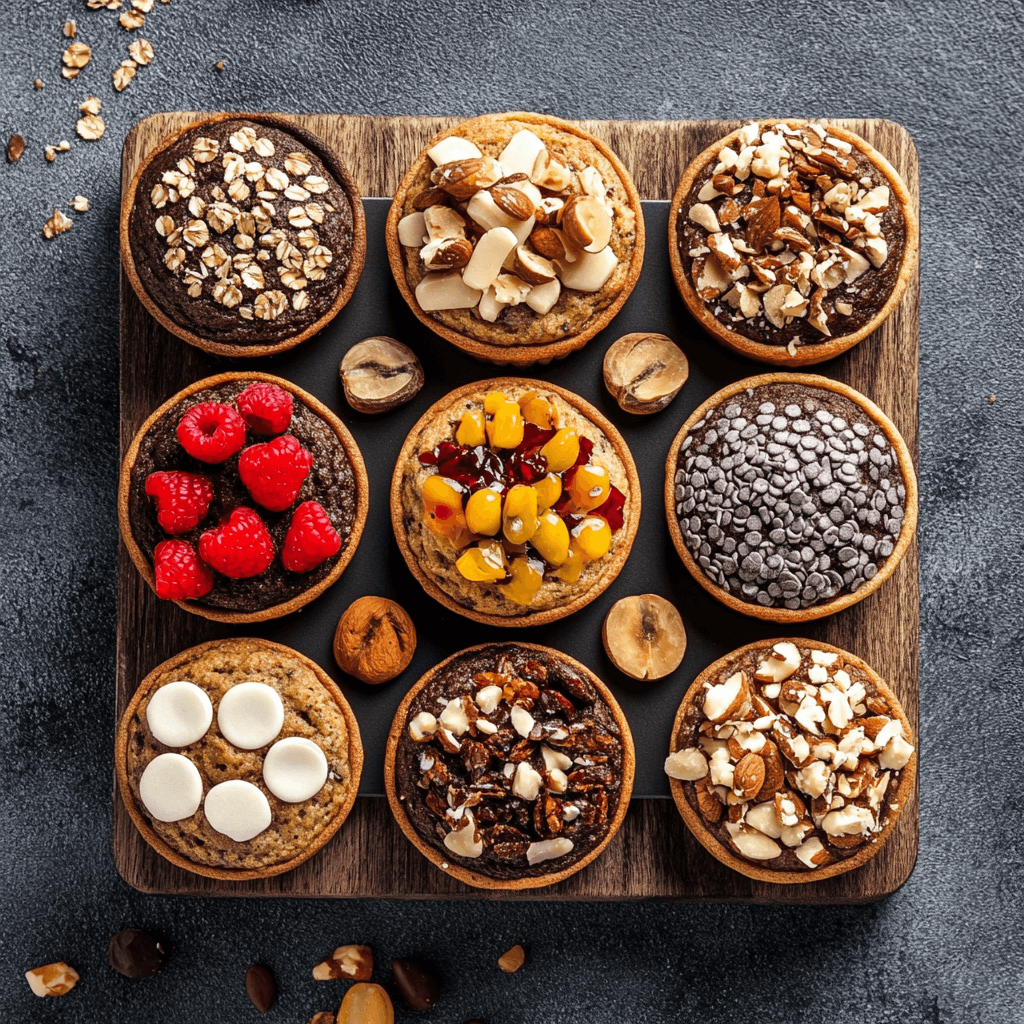
FAQs About Protein Muffins
Can You Just Add Protein Powder to Muffins?
Absolutely! However, adding protein powder requires some adjustments. Most often, you will want to replace a portion of your flour with protein powder. A general rule of thumb is to substitute one scoop of protein powder for every cup of flour, ensuring a balance of ingredients. This way, the muffins remain fluffy while adding nutritional value.
What Is the Best Protein Powder for Baking Muffins?
The ideal protein powder often depends on your dietary needs and flavor preference. Whey protein is known for its excellent baking properties, as it does not impart a strong flavor and generally helps create fluffy muffins. However, for those avoiding dairy, plant-based proteins such as pea or soy protein can deliver good results as well. Experimenting with different brands and flavors may lead you to your preferred choice.
Can You Replace Flour with Protein Powder in Muffins?
Replacing flour entirely with protein powder is generally not recommended. Doing so can result in dense, dry muffins, which nobody enjoys. Instead, keep flour as the main ingredient and incorporate protein powder in moderation. For starters, try substituting ¼ cup of the flour with protein powder to achieve a balanced texture.
Does Protein Powder Work in Baking?
Yes, protein powder can work excellently in baking if used properly. It elevates the nutritional content of your recipes and can even enhance the flavor when chosen correctly. Make sure to keep the ratios balanced, compensating for the texture that flour typically provides.
Can I Use Egg Substitutes in Protein Muffins?
Certainly! Many effective substitutes exist for eggs. You can use a flaxseed meal mixture (one tablespoon of ground flaxseed mixed with three tablespoons of water equals one egg) or unsweetened applesauce (¼ cup as a substitute for one egg). These options can help bind your muffins while adding moisture.
How Can I Make Protein Muffins More Flavorful?
Flavors can be easily enhanced by incorporating spices, such as cinnamon or nutmeg, or by adding extracts, like vanilla or almond. Additionally, don’t overlook the power of zest; a little lemon or orange zest can brighten up the flavor significantly. Moreover, adding high-quality chocolate chips or nuts can offer delightful contrasts in texture and flavor.
Conclusion
In conclusion, protein muffins are a fantastic and versatile addition to any baking repertoire. They not only provide essential nutrients but also allow for creativity and experimentation in the kitchen. By understanding the fundamentals of baking, storage options, and flavor combinations, you can enjoy a range of delicious, healthful treats. As you explore new recipes and techniques, remember that the possibilities are nearly limitless. So get baking and enjoy the wonderful world of protein muffins today!


